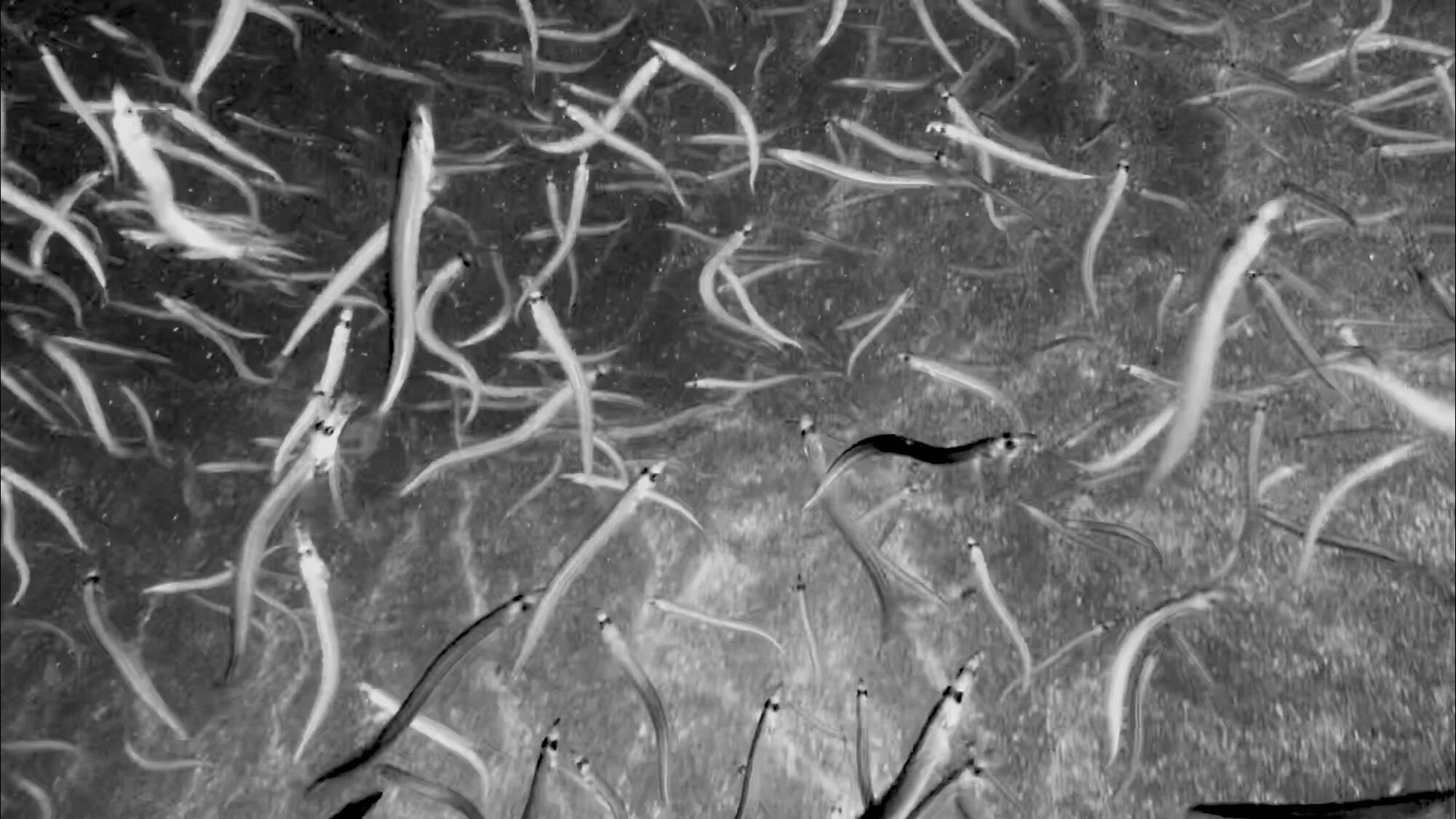Our thoughts are with the friends and family of those who were aboard the Titan submersible that was lost in the North Atlantic last week.
In 2018, The SeaDoc Society funded three deep sea scientific research projects in the San Juan Islands that would not have been possible without OceanGate’s submersible technology and their professional team. OceanGate’s Cyclops 1 submersible enabled scientists to safely visualize the deep ecosystems of the Salish Sea and better study red urchins, sand lance, and the impact of scientific trawling on the seafloor.
“In their hearts, they were scientists,” SeaDoc Society Science Director Joe Gaydos told The Washington Post last week. “Stockton wanted to make a difference … He wanted to do things that actually made the ocean better.” …



